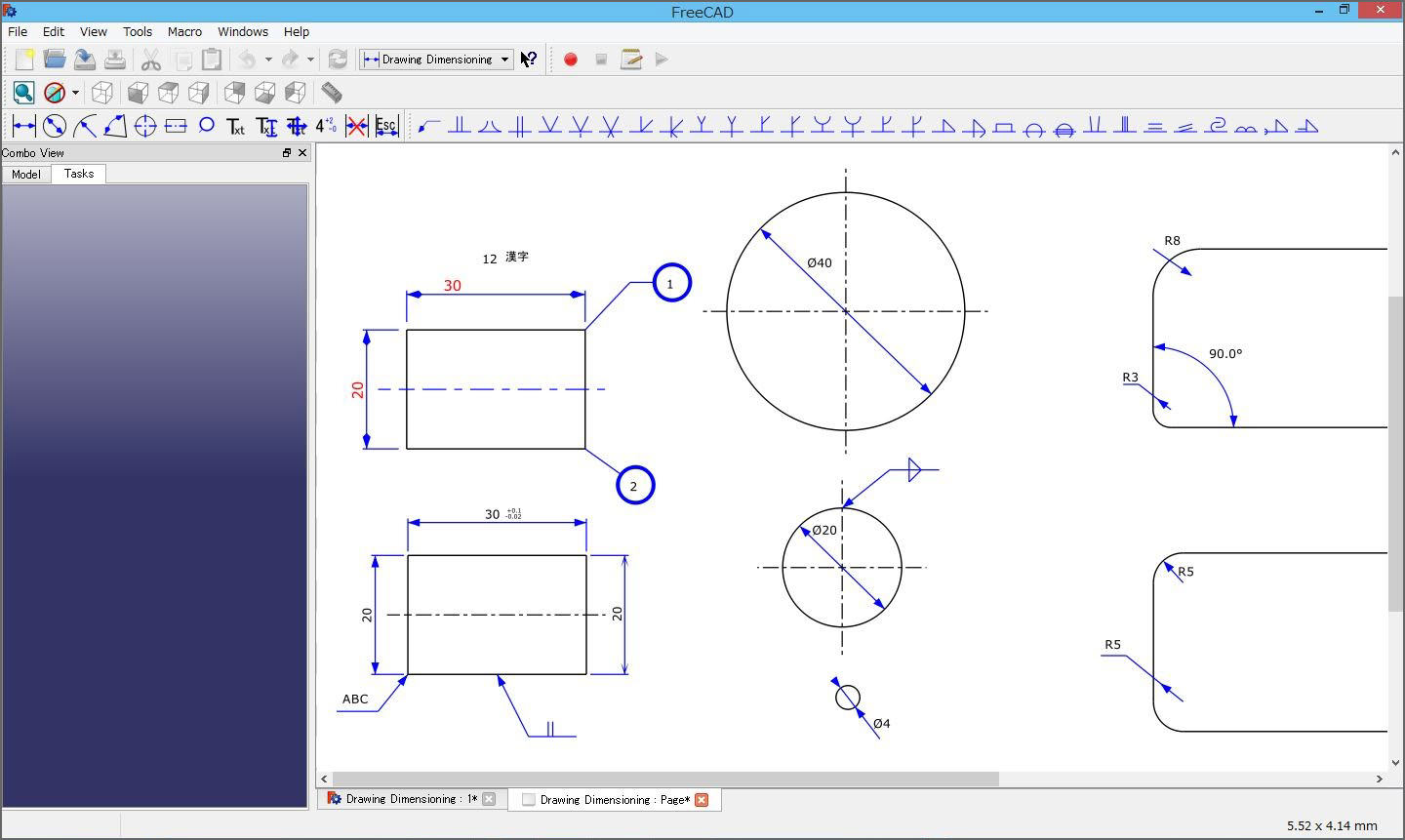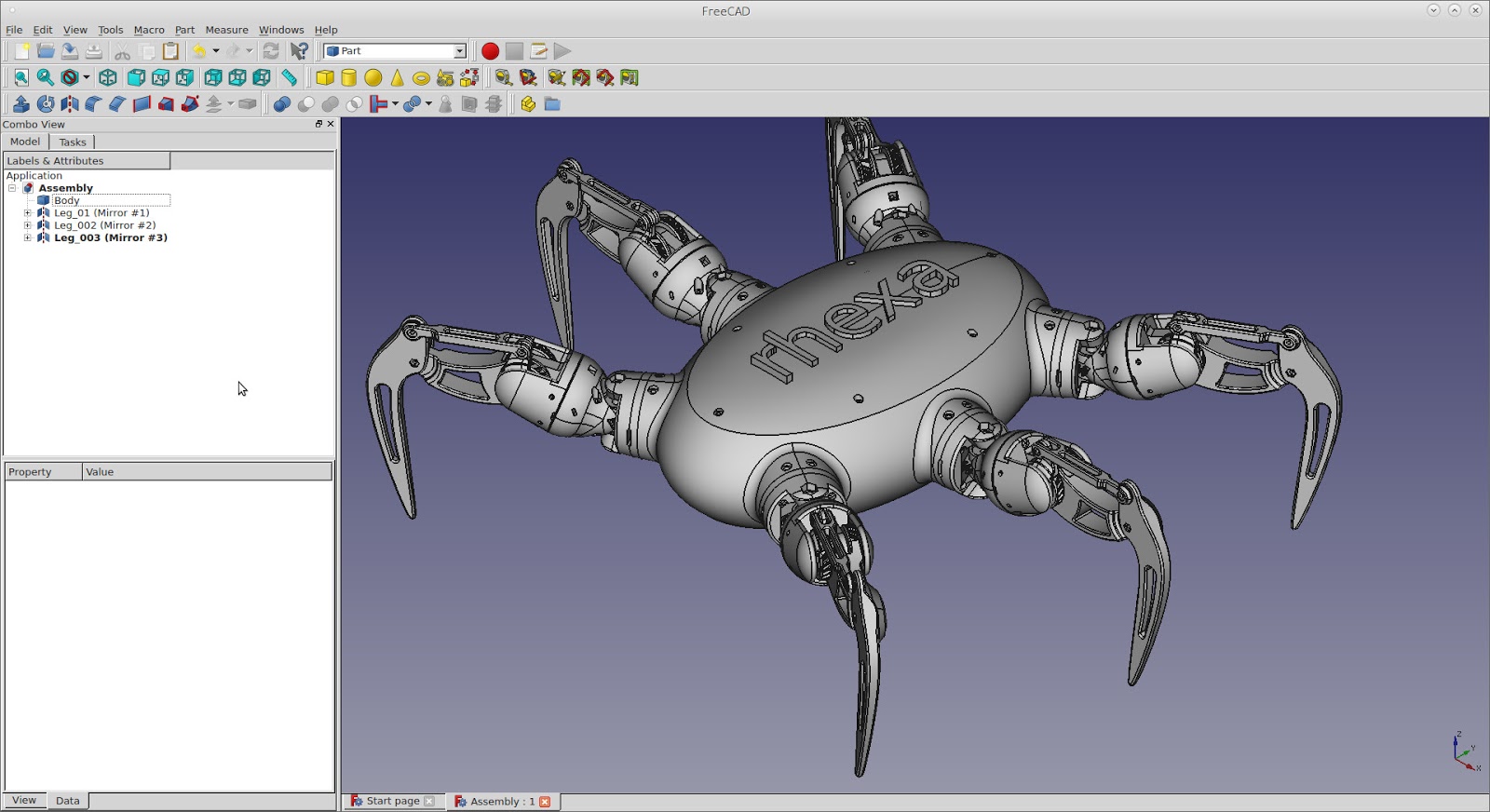
(To be clear, this isn't a spreadsheet you still have to numerically solve systems of multiple equations, just not all of your equations at once.) I wrote an earlier solver that did this in some cases, but SolveSpace doesn't at all.

Practical sketches seem to have a lot of such structure, and a visualization of that graph would be an interesting expression of the design intent. The difficulty is mostly in writing them, to handle many useful cases in relatively few lines of code, and to converge reasonably in the Newton's method.įor a dramatic speedup, we could partition the constraint equations into roughly-triangular form, and then solve sub-systems in dependency order.

The Jacobian matrix is computed by an internal symbolic algebra system, allowing considerable flexibility in the range of user-facing constraints without a combinatorial explosion of hand-coded special cases.Īs whitequark notes, the final solution of the constraint equations is a relatively small part of the overall work. Transform your 2D ideas and designs into 3D models with Autodesk® software. They're solved by a Newton-ish method, which for underconstrained sketches also minimizes at each step the sum of the squares of the distances that any un-dragged points move (plus some other stuff). So yeah, the constraints in SolveSpace are nonlinear.

An optimized matrix library (Eigen, BLAS, LAPACK, etc.) would provide a modest speedup without too much work. "Constraint" means something different to Cassowary than it does to us here, and isn't obviously useful. Como tal, no tiene ninguna característica de escultura y animación incorporada, aunque se pueden instalar complementos para la animación.


 0 kommentar(er)
0 kommentar(er)
